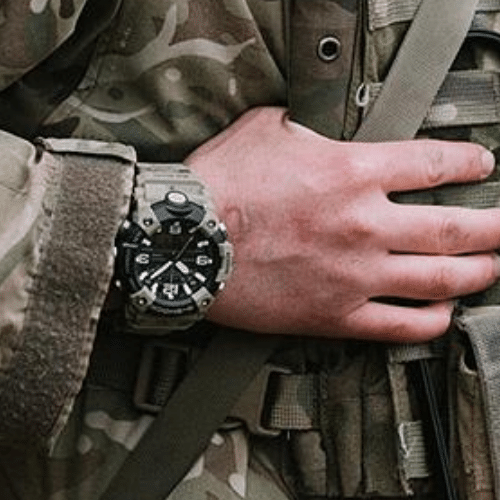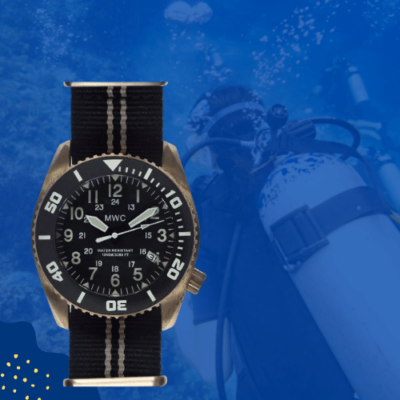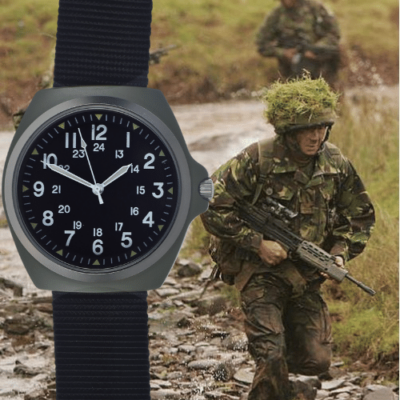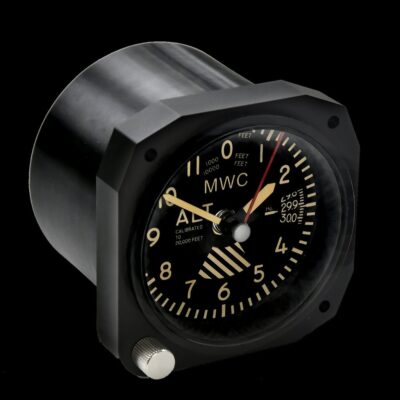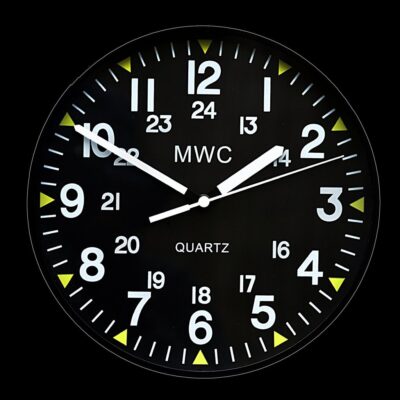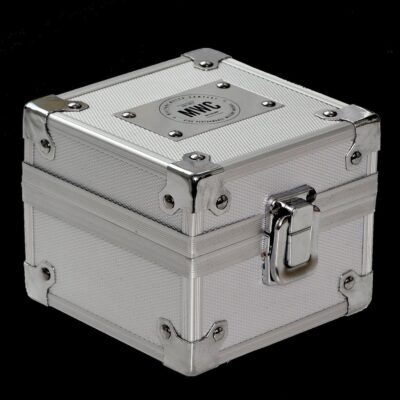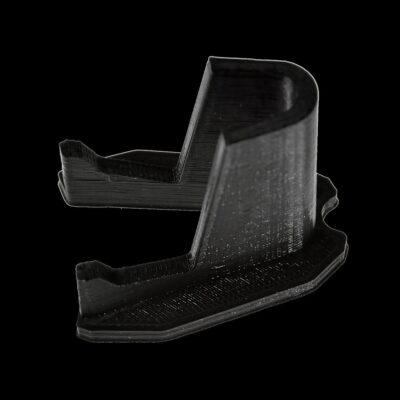News
Rostec Pitches Rapid Su-35 Deliveries to India After Doubling Production
The Russian state arms export conglomerate Rostec has made a renewed effort to pitch the Su-35 fighter aircraft to the Indian Defence Ministry, pledging that the aircraft can be supplied rapidly to allow the Indian Air Force to make up its significant shortfall of tactical combat jets. With the retirement of the MiG-27 and the majority of MiG-21s from service, India’s fleet of fighters and attack jets has fallen to just 31 squadrons, or under 75 percent of the sanctioned fleet size of 42 squadrons, while retirement of remaining MiG-21s are expected to result in further contraction. Rostec has claimed that Su-35s could rapidly fill this gap in the fleet, and particularly stressed that the doubling of production of the aircraft will allow for rapid deliveries to form two new squadrons every 2-3 years.

Director General of the state run United Aircraft Corporation Vadim Badekha in March revealed that work was underway to significantly increase the scale of production of the Su-35, with officials at the United Arms Corporation observing that the firm was investing in workforce training and infrastructure modernisation to eliminate bottlenecks and sustain higher production rates. While expansion in the production scales of the Su-34 strike fighter and Su-57 fifth generation fighter had been confirmed, this was an unexpected development for the Su-35. The increase was likely a response to both a rise in export demand, including new orders from Iran and Algeria, as well as the significant expansion of Russia’s own fighter fleet at a time of particularly high tensions with NATO members and ongoing clashes with Western forces in Ukraine.

The Su-35 was developed as a heavily enhanced derivative of the Soviet Union’s top air superiority fighter the Su-27, building on the enhancements already made to the design in the late 1990s and early 2000s to develop the Su-30MKI for the Indian Air Force. Although much more capable than the Su-30MKI, the Su-35 is expected to be far cheaper to procure due to the extensive customisation of the older aircraft, as well as the reduced efficiency of producing it under license in India compared to off the shelf purchases from Russian production lines. Su-35s have played a leading role in air-to-air operations in the Russian-Ukrainian War since February 2022, and although achieving multiple major successes, they have been proven far more constrained in their beyond visual range targeting capabilities than Russia’s MiG-31BM interceptors, primarily due to their lack of sensors with comparable power to the MiG’s N007M. Development of a new radar for the Su-35 based on the Su-57’s N036 AESA radar has been widely speculated, but has yet to be confirmed, although this is expected to increase the aircraft’s export appeal.

Should the Indian Defence Ministry place orders for the Su-35, it could realistically field a fleet of close to 100 of the aircraft by the end of 2030, closing half its fighter shortfall. Nevertheless, the Su-35 faces a number of shortcomings in the sophistication of its sensors and primary air-to-air armaments in particular,which are expected to be addressed with the integration of a new radar, R-77M missiles and a new visual range missile class, but have not yet been resolved. It appears more likely that procurement and license production of the Su-57 fifth generation fighters, which was reported in February to be under consideration by the Defence Ministry, will materialise, particularly after Russia in May made an unprecedented offer to provide full access to the aircraft’s source code under. The only major advantages of the Su-35 are its ability to be delivered more rapidly to meet the Air Force’s immediate needs, and the aircraft’s significantly commonality with India’s fleet of over 270 Su-30MKI fighters, which will make it relatively straightforward to integrate into service. Nevertheless, with the Indian Defence Ministry showing an interest in deeply modernising the Su-30MKI, Russia may seek to increase the Su-35’s appeal by offering a package that includes the fighters together with new subsystems to enhance the older aircraft, such as AL-41F1-S engines or R-77M missiles.

